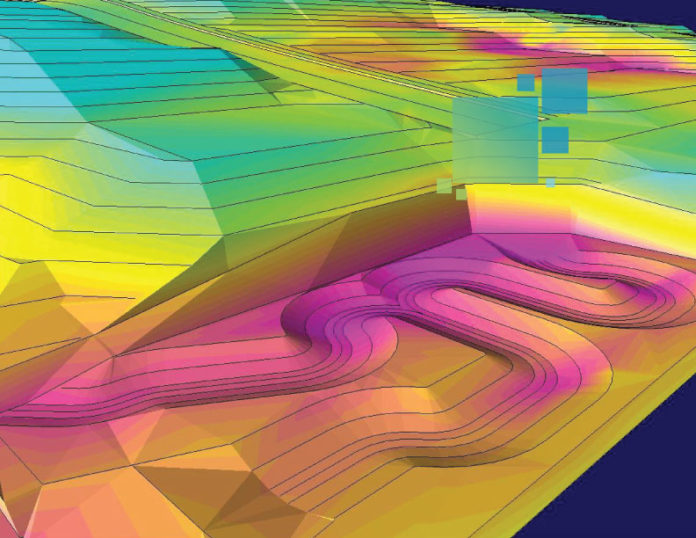Every aspect of the construction site has changed — from the planning phase to the turning of dirt. The majority of these changes on the jobsite can be traced back to technology.
It wasn’t that long ago that projects centered on a printed set of plans. Teams would try to build a project as close to those plans as possible, but even the smallest of changes could be problematic, especially if the folks on the ground were the last ones to find out about the updates.
Today, those paper plans have gone digital, and the control box in a machine’s cab puts unfettered data at an operator’s fingertips. This approach enables on-site teams to verify any design errors to communicate with the office and make on-demand decisions and adjustments as needed to maintain productivity.
The modern jobsite is technologically diverse: How to chose between factory-fit or after-market options
Few contractors turn to a single OEM for their equipment needs. By deploying multiple brands, they could encounter problems with equipment from different manufacturers communicating with one another — unless they work with a partner that fully integrates with technology from any company.
When it comes to technology, contractors have a choice between factory-fit and after-market. There are benefits to both, but contractors must weigh what is best for their company.
The right approach depends on how an organization manages its fleet of equipment. What works for one organization may not work for another, which is why it is critical to find solutions that adapt to the specific needs at hand; no one needs a solution in search of a use.
Factory-fit technology installed by the OEM cannot be removed from a piece of equipment, whether it be a dozer, grader or excavator. Conversely, contractors can remove after-market technology and deploy it elsewhere, but it may require them to interact with various manufacturers.
Contractors that plan on turning over their inventory often stand to lose their technology investment if they proceed with the factory-fit option.
The importance of feedback loops
It wasn’t that long ago that OEMs and technology providers were separate entities. However, a few years ago, that started to change as OEMs entered the technology arena.
Given the proliferation of technology on the jobsite, organizations need the option to exchange data harmoniously between all partners involved.
To accomplish this, they need a single technology partner that understands how to harness the power of data and can work across all brands of hardware and software. Instead of being steered to a particular manufacturer, contractors can turn to the solutions that best address their needs.
The right partner can also manage a feedback loop to inform decisions surrounding all aspects of a project, from feasibility and design to estimating and planning and construction itself.
Technology is the backbone of the modern jobsite, and it’s only likely to continue in that direction moving forward.
There are two types of technology companies today: technology providers and technology partners. While they may seem similar, they are vastly different.
A technology provider is an order taker, while a technology partner has the end user’s best interests at the center of their efforts. Technology providers are typically reactive, while technology partners are proactive, finding solutions for a problem before it arises.
Partners are more open and transparent about the opportunities, and they are willing to work to customize offerings — and revisit decisions and update thinking regularly. Their interests aren’t found in the quick sale but rather the long-term relationship because they know a rising tide lifts all ships.
Contractors have unprecedented options available to them today, and at times the opportunities can seem overwhelming. But the right partner can streamline the process and make it more palatable.
Which option sounds like the best for your organization?






